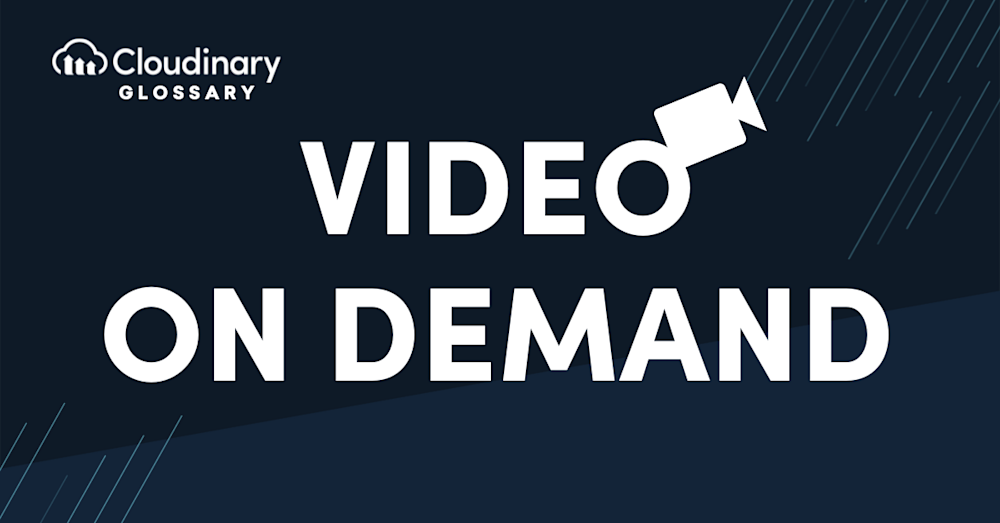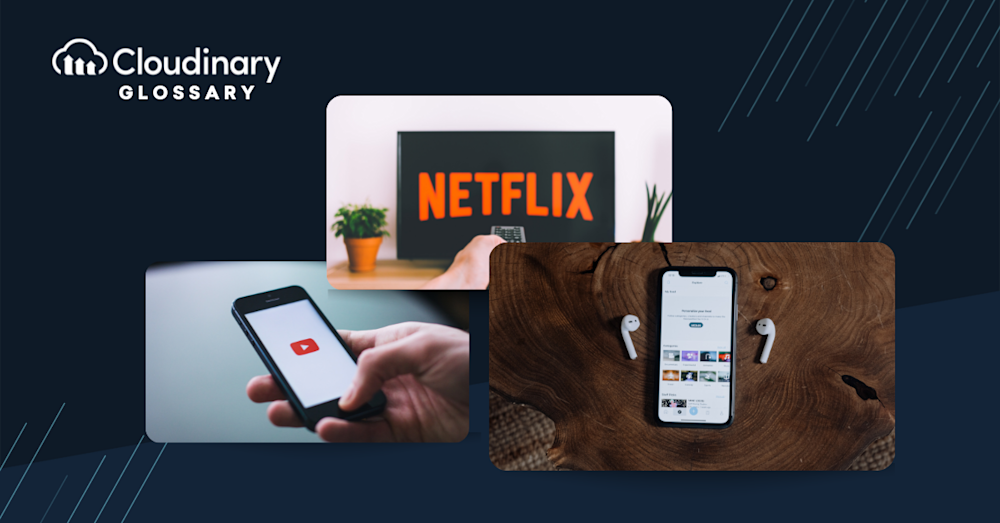The way we watch videos online today is a massive departure from the internet of yesteryear. We used to wait for ages for a video to download, but now we can watch an hour-long essay about sea urchins without ever needing to wait.
One of the ways this has been done, primarily when it comes to streaming media, is through the use of Video on Demand (VOD). So let’s dive in!
What is Video on Demand?
Video on demand (VOD), now more commonly known as “streaming media,” delivers audio and video content to consumers on a per-program basis. Originally stemming from a way to provide premium video content on TVs in the 90s, it has now evolved into an entirely new industry thanks to streaming platforms like Netflix and their revolutionary platform.
How Does Video on Demand work?
VODs work by streaming media from a host server to the client’s device. This is usually through an app that controls how long users can view the media. If you rent a digital movie from Google, the Play Movie app controls how long you have to watch it. On the other hand, subscription-based services like Netflix and Hulu will use their apps to track subscribers and block those who aren’t.
Different Types of Video on Demand
Because VOD technology has been around for so long, there have been several approaches to the industry, such as:
- Transactional – These are the most basic type of VOD. A customer purchases the ability to watch a video, whether a temporary rental or a permanent purchase, and then they are given access to view it as they wish. This is common with digital media retailers like Amazon Prime and Google Play Movies.
- Premium – While not as popular as before, Premium VODs act similarly to Transactional ones. Typically, Premium VODs are media users can pay to view early before reaching the general public. This has become more common with new theatrical releases hitting theaters and streaming services simultaneously, offering customers a way to enjoy it from their homes.
- Subscriptions – The current dominant VOD type subscription services are what we have come to know as “streaming services” like Netflix, Hulu, HBO Max, and others. These services require a subscription to access but offer unlimited viewing for the VODs they host.
Video on Demand and Cloudinary
Cloudinary is a cloud-based image and video management platform that provides various video content features, including Video on Demand support. With Cloudinary, you can upload, store, manage, and deliver your VOD content to users through a variety of channels and platforms.
If you want to optimize how your videos are served to your users or start adding VOD services, Cloudinary is the platform for you. Sign up for a free account today.
Check Out Our Tools That You May Find Useful:



